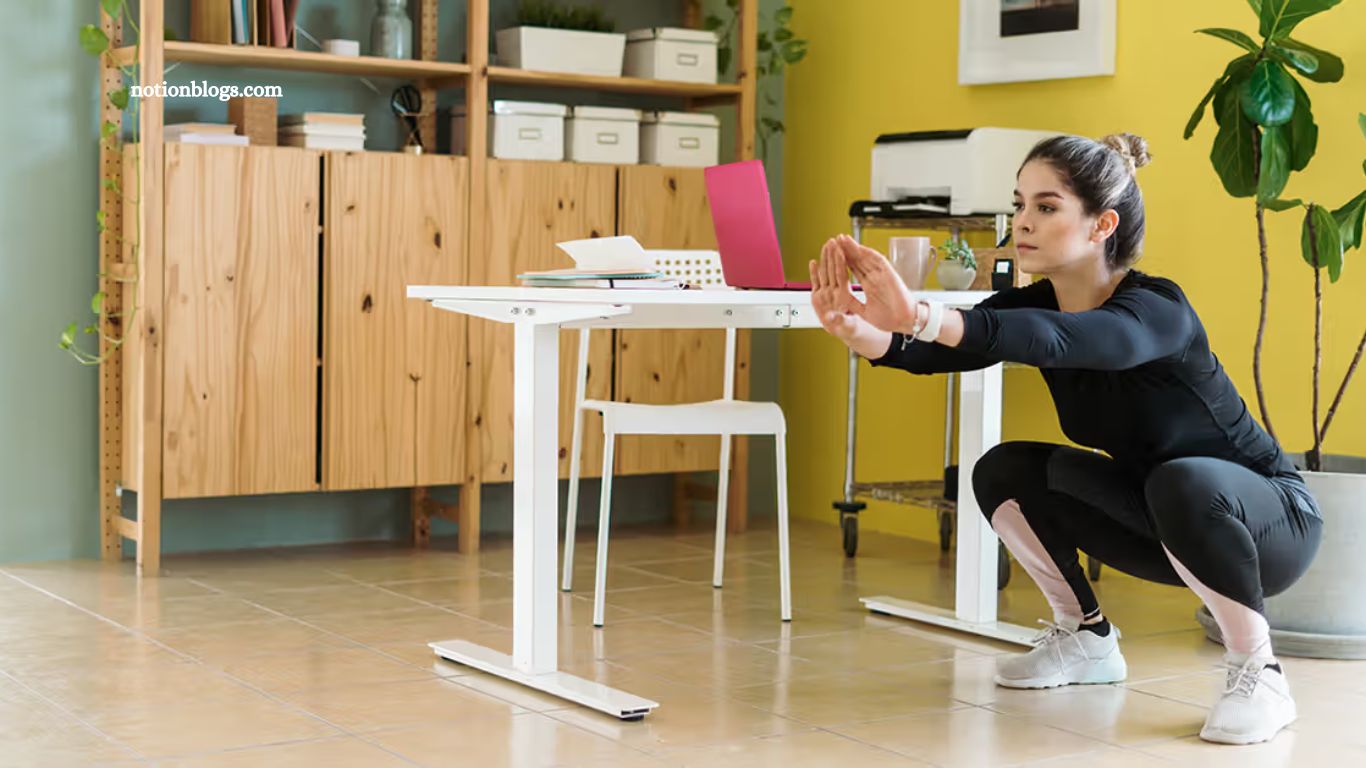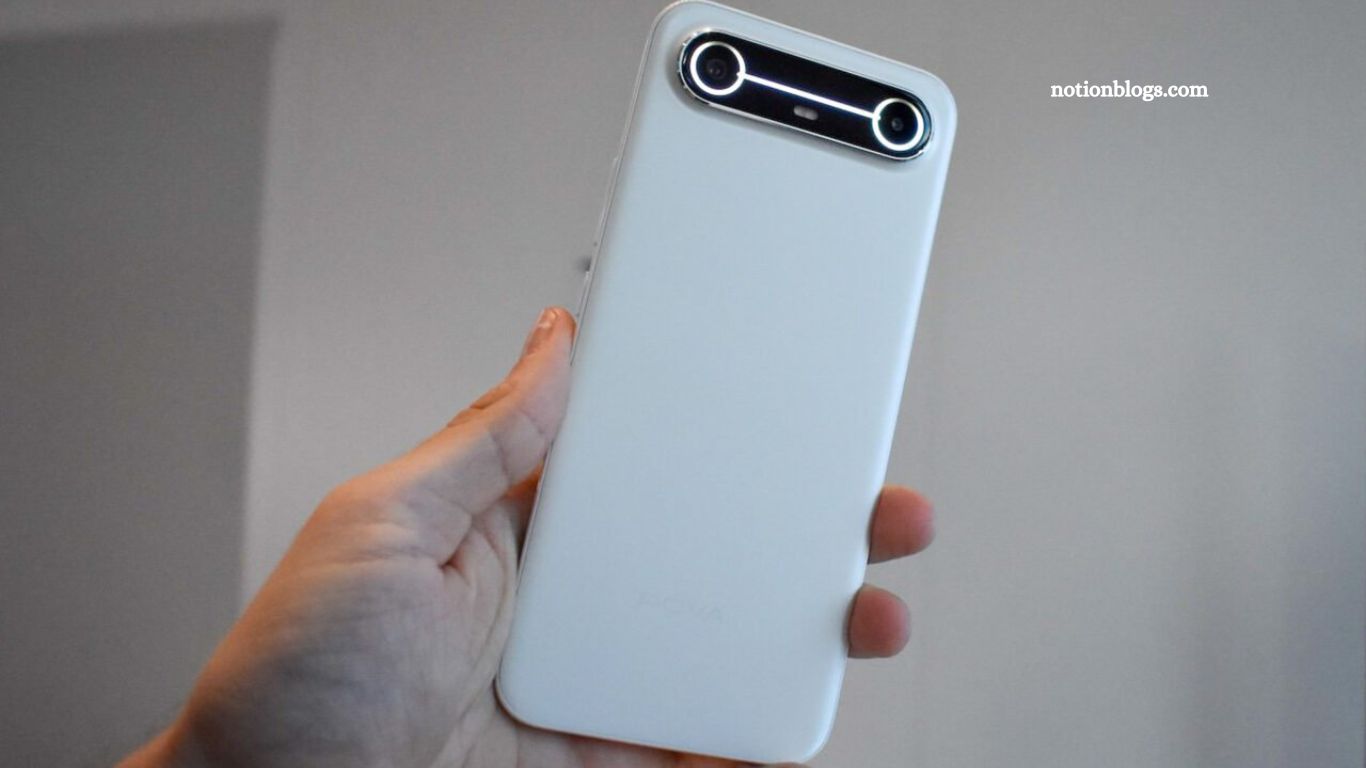Exercise snacks—brief bursts of physical activity lasting a minute or less—offer a promising solution to combat prolonged inactivity. Emerging research suggests that these short, consistent breaks throughout the day may improve overall health and well-being. As someone whose workday is consumed by back-to-back virtual meetings, I found it difficult to stay active despite my intentions.
Intrigued by the concept of exercise snacks, which encourage movement every 45 to 60 minutes using simple bodyweight exercises like squats, burpees, or jumping jacks, I committed to trying them for two weeks. This is my personal experience exploring how small changes can make a meaningful difference in daily activity levels.
Read More: Heart Attacks Fall from the Top: The New Leading Cause of Death in the U.S. Revealed
What the Science Says
Research continues to highlight the adverse effects of prolonged inactivity on overall health. Extended periods of sitting have been linked not only to musculoskeletal issues but also to an increased risk of hypertension. In fact, one study found that individuals who remained seated for long durations exhibited higher blood pressure compared to those who incorporated more activity throughout their day.
Additionally, reduced movement after meals may negatively influence blood glucose levels. Conversely, even simple movements—like leg fidgeting—have been shown to support better glucose regulation.
Emerging evidence also supports the benefits of “exercise snacks.” These short bursts of physical activity can contribute to improved cardiovascular fitness, better blood glucose control, enhanced muscular function, and improved balance, making them a promising addition to a sedentary lifestyle.
The Setup
Before beginning my two-week experiment, I used a continuous glucose monitor (CGM) for several days to establish a baseline and assess my blood glucose control. While a CGM isn’t necessary for trying exercise snacks, it provided valuable insight into how my body responded to movement throughout the day.
In addition to tracking glucose, I recorded my weight using a body fat scale and monitored my blood pressure. These metrics were tracked consistently throughout the two-week period to observe any changes or trends.
To stay accountable—and to avoid raising eyebrows—I also shared my plan with colleagues. Letting them know in advance helped ease any confusion when I started doing squats in the office or during video calls.
How It Went
I follow a hybrid work schedule—spending two days in the office and three working from home—so I launched my two-week experiment on an in-office day, primarily focusing on squats. To maintain privacy, I began by doing sets in the bathroom and occasionally in conference rooms between meetings. While I didn’t notice any immediate changes, by the end of day one, my thighs were noticeably sore.
On remote workdays, incorporating exercise snacks was more manageable. Although I occasionally missed a set, I reminded myself that consistency matters more than perfection, and any movement was better than none. Over time, I fine-tuned my routine, adjusting the timing of my exercise breaks to occur shortly after meals to better support my goals.
My Results
During the two-week trial, I observed that my diet played a more significant role in affecting my blood glucose levels than exercise alone. I didn’t experience notable changes in blood pressure, sleep quality (as tracked by my sleep monitor), or baseline glucose levels.
However, I did notice a consistent pattern: when I incorporated an exercise snack 30 to 45 minutes after a meal, my glucose levels returned to baseline more quickly compared to when I remained sedentary. These movement breaks didn’t seem to prevent immediate glucose spikes, but they did help regulate levels more efficiently afterward.
By the end of the experiment, I had lost two pounds, noticed a slight improvement in lower-body muscle tone, and felt more energized throughout the day.
If you’re considering adding exercise snacks to your daily routine, keep in mind that individual results may vary based on a range of personal factors.
How to Get Started
One of the greatest advantages of exercise snacks is their simplicity—no equipment or gym membership required. To begin, simply set your intention, choose a start date, and commit to adding small bursts of movement into your day.
You don’t need to stick with squats, either. While I began with them, I eventually incorporated a variety of bodyweight exercises. The key is to choose movements that are safe, accessible, and effective in elevating your heart rate and engaging your muscles.
Whether it’s jumping jacks, lunges, wall push-ups, or a brisk walk around the room, the goal is consistent movement. Focus on progress, not perfection, and find what works best for your body and routine.
Frequently Asked Questions
What are exercise snacks?
Exercise snacks are short bursts of physical activity—typically under a minute—performed several times throughout the day. They’re designed to increase movement and improve overall health without requiring a full workout session.
Do exercise snacks actually improve health?
Yes, research suggests that regular micro-movements can support cardiovascular health, help regulate blood glucose levels, improve muscle tone, and enhance energy—especially for people with sedentary lifestyles.
How often should I do exercise snacks?
A common recommendation is every 45–60 minutes during the day. The key is consistency and incorporating movement whenever possible.
Do I need special equipment to do exercise snacks?
Not at all. Most exercise snacks involve bodyweight movements like squats, lunges, or jumping jacks, making them accessible anywhere.
Can I do exercise snacks at work?
Absolutely. These exercises are designed to fit into daily routines, whether at home or in the office. Just a minute of movement can make a difference—without disrupting your schedule.
Conclusion
Incorporating exercise snacks into my daily routine proved to be a simple yet effective way to bring more movement into an otherwise sedentary lifestyle. While the changes weren’t drastic, the small improvements in energy, muscle tone, and post-meal glucose regulation were encouraging.
More importantly, it shifted my mindset—reminding me that fitness doesn’t always require a gym session or a large time commitment. Just a minute of movement, repeated consistently, can contribute to better health. Whether you’re working from home or spending long hours at a desk, exercise snacks offer a flexible, accessible approach to staying active. As with any health strategy, results will vary, but for many, it could be a small step toward lasting wellness.







